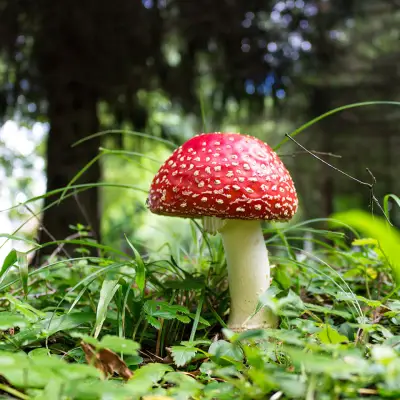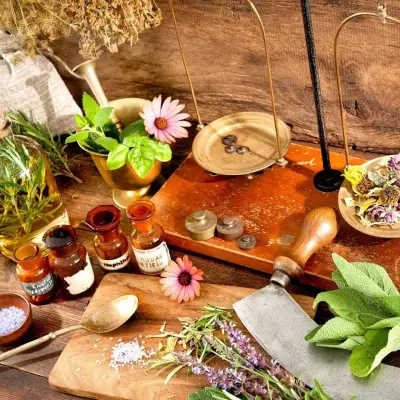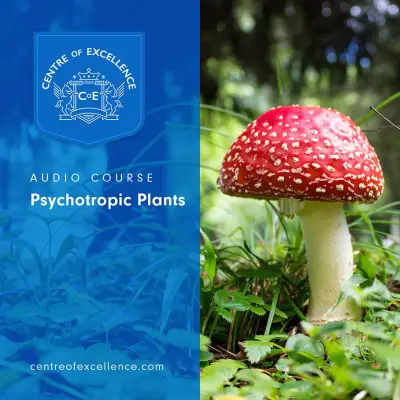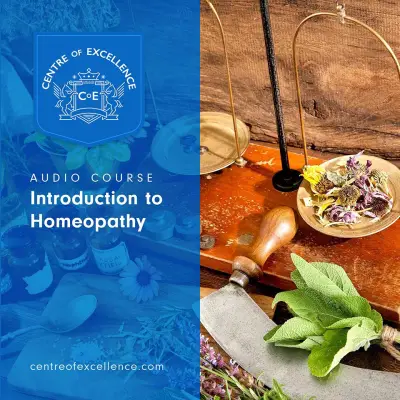Whether it's the runny nose, itchy eyes, or constant sneezing, allergies can be exhausting. Many people are searching for alternatives to traditional antihistamines — something gentle, holistic, and less likely to cause side effects. Natural antihistamines could offer the relief you're after, especially if you're interested in supporting your body without relying solely on synthetic medication.
In this article, you'll find easy-to-understand information on allergy supplements, herbal antihistamines, and natural solutions that may help ease symptoms.
This article is for informational purposes only and is not a substitute for professional medical advice, diagnosis, or treatment. Always consult with your GP or a qualified healthcare professional before starting any new herbal remedies, especially if you are pregnant, breastfeeding, taking medication, or managing a health condition.
Jump to:
Recommended for you!
Best SellersWhat Are Natural Antihistamines?
Natural antihistamines are substances found in nature that help the body manage its reaction to allergens. When your immune system identifies something like pollen or pet dander as a threat, it releases histamine — a chemical that causes allergy symptoms like sneezing, itching, watery eyes, and swelling.
Traditional antihistamines work by blocking this chemical. Natural alternatives aim to do the same, but through foods, herbs, or nutrients that may help regulate your body's histamine levels more gently. They're particularly appealing if you're looking for allergy medicine alternatives that align with a holistic lifestyle.
Why Consider Allergy Medicine Alternatives?
For some, over-the-counter antihistamines cause side effects like drowsiness or dry mouth. Others are looking to reduce their reliance on daily medications or prefer natural methods wherever possible. Choosing allergy supplements or natural antihistamine foods can be a helpful way to support your body long-term, especially when combined with diet and lifestyle changes.
If you’re wondering what you can take instead of antihistamines, there are plenty of promising options to explore.
11 Effective Supplements for Allergies
Let’s take a closer look at some of the most effective and well-researched natural antihistamines. These supplements may help reduce histamine in the body or block its effects, making them valuable additions to your allergy relief toolkit.
1. Quercetin
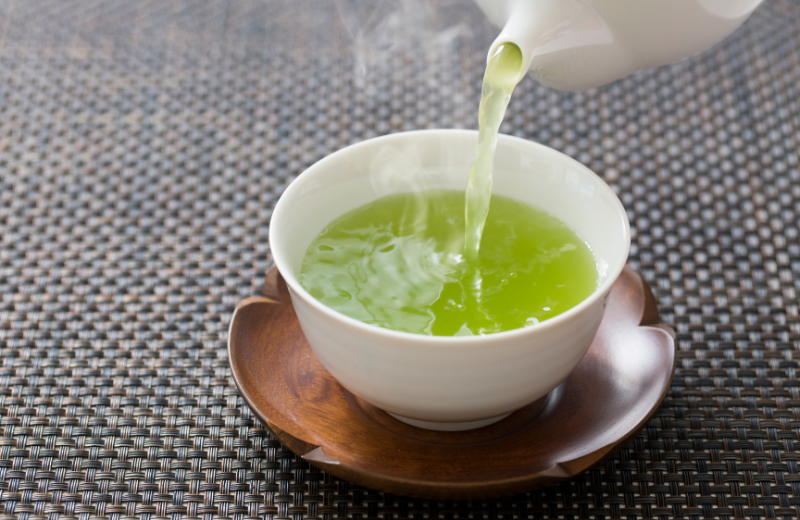
Quercetin is a powerful antioxidant found in various fruits and vegetables. It’s best known for its ability to calm allergic reactions at their source.
Why it helps: Quercetin stabilises mast cells, the immune cells that release histamine. This may prevent or ease symptoms like sneezing, itchy eyes, and skin irritation.
How to use it: It’s usually taken in supplement form, particularly during allergy season. Combining it with vitamin C can improve absorption.
Where to get it: Small amounts are found in apples, onions, berries, kale, and green tea, though supplements are often more effective for allergy relief.
Safety tip: Generally safe, but high doses can cause mild headaches or digestive upset. Stick to recommended levels and consult your GP if you're taking other medication.
2. Vitamin C
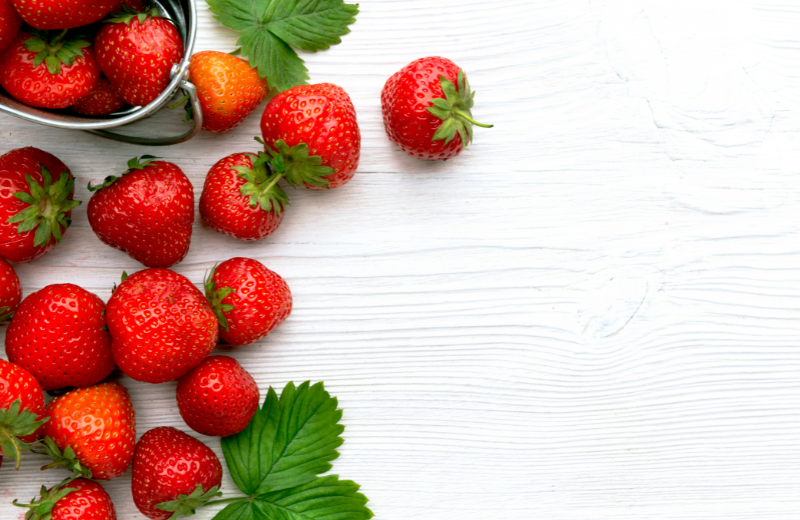
Best known for boosting immunity, vitamin C is also a gentle and widely available natural antihistamine.
Why it helps: It helps break down histamine in the body, reducing allergic reactions and supporting immune function.
How to use it: Take daily as a supplement, especially during high pollen seasons. It pairs well with quercetin for added benefit.
Where to get it: Found in citrus fruits, strawberries, broccoli, bell peppers, and kiwis. Also available as tablets, capsules, or powders.
Safety tip: Safe for most people, though very high doses may cause stomach upset or diarrhoea. Avoid mega-dosing unless medically advised.
3. Bromelain

This natural enzyme from pineapple is well-known for its anti-inflammatory effects, especially in the sinuses.
Why it helps: Bromelain helps reduce nasal swelling and congestion, making it easier to breathe during allergy flare-ups. It may also enhance the effectiveness of quercetin.
How to use it: Best taken as a supplement on an empty stomach, since food can reduce its potency.
Where to get it: Present in small amounts in fresh pineapple, but supplements offer more reliable therapeutic doses.
Safety tip: Generally well tolerated, but may increase bleeding risk for those on blood thinners. Check with a healthcare provider if you’re on medication.
4. Stinging Nettle
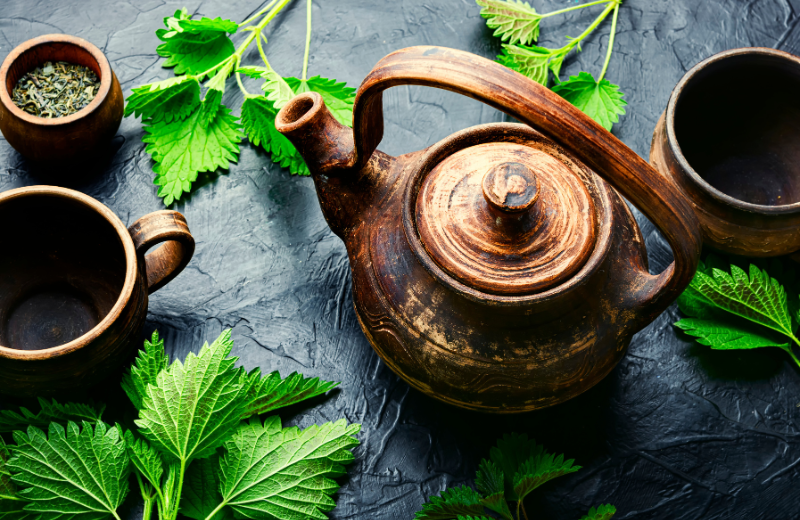
A traditional herbal remedy, stinging nettle is often used as a natural antihistamine for itchy skin and hay fever.
Why it helps: It may reduce the amount of histamine the body produces and can block histamine receptors, offering relief from sneezing and nasal congestion.
How to use it: Available as a tea, tincture, or capsule. Many people drink nettle tea regularly during allergy season.
Where to get it: Widely sold in health shops and online in various forms, including loose tea leaves and standardised capsules.
Safety tip: Safe for short-term use, but large doses may affect blood sugar or blood pressure. Not advised during pregnancy unless approved by a healthcare provider.
5. Butterbur

This herb has been used for centuries to treat headaches and hay fever. Recent studies suggest it may work similarly to traditional antihistamines.
Why it helps: Butterbur can reduce inflammation and help block histamine responses without causing drowsiness.
How to use it: Typically taken in capsule form, especially during high-allergen months.
Where to get it: Available as “PA-free” (pyrrolizidine alkaloid-free) supplements in most health stores and online.
Safety tip: Only use certified PA-free products, as unprocessed butterbur can contain toxic compounds harmful to the liver.
6. Probiotics
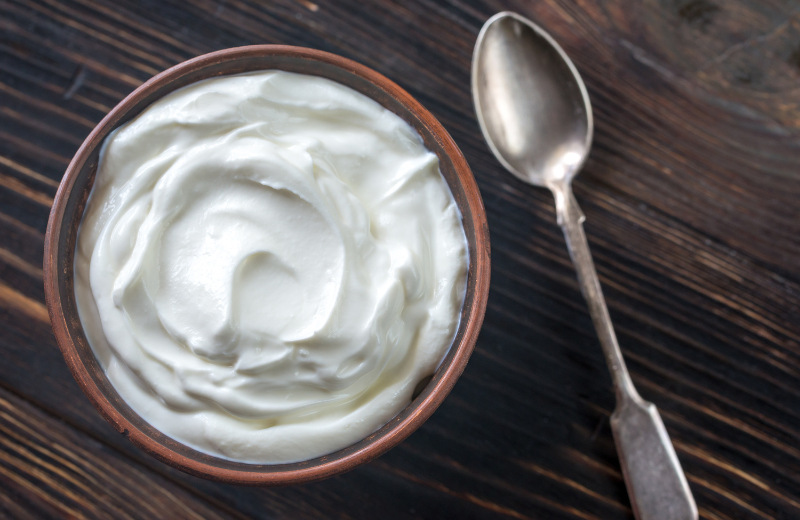
Probiotics support healthy gut bacteria, which play an important role in regulating immune responses and allergic reactions.
Why it helps: Certain strains help reduce inflammation and improve the body’s tolerance to allergens, particularly in seasonal hay fever.
How to use it: Take daily, especially in spring and summer, to maintain gut balance. Choose strains like Lactobacillus and Bifidobacterium.
Where to get it: Found in fermented foods like kefir, yoghurt, and sauerkraut. Also available in capsules or powders.
Safety tip: Usually safe, but those with weakened immune systems or underlying health conditions should consult a doctor before starting probiotics.
7. Omega-3 Fatty Acids

Known for supporting brain and heart health, omega-3s also offer natural anti-inflammatory benefits for allergy sufferers.
Why it helps: Omega-3s help reduce allergic inflammation, easing symptoms such as swelling, rashes, and itchy skin.
How to use it: Can be taken daily as a supplement or incorporated into meals through fatty fish or plant-based sources.
Where to get it: Found in salmon, mackerel, flaxseeds, chia seeds, walnuts, and algae-based supplements for those following plant-based diets.
Safety tip: Omega-3s are generally safe but may thin the blood. Speak to a healthcare provider if you're on anticoagulant medication.
8. Spirulina
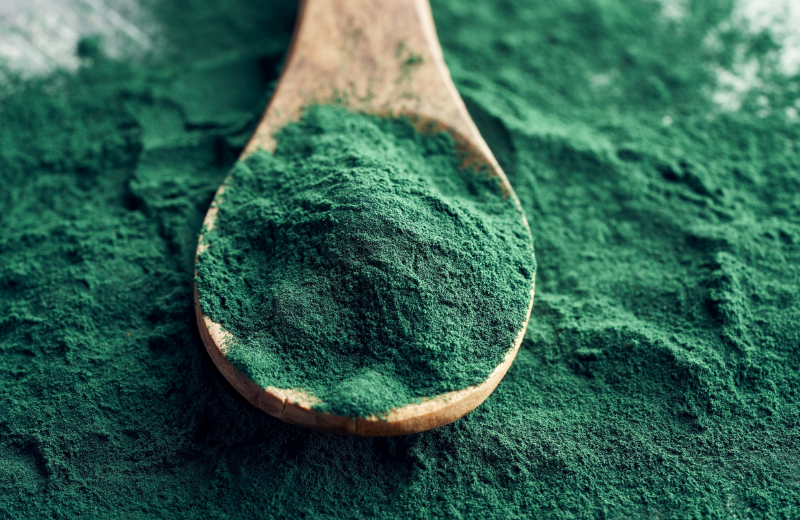
Spirulina is a type of blue-green algae packed with nutrients and antioxidants. It’s gaining attention as a natural antihistamine and immune system booster.
Why it helps: Spirulina may inhibit the release of histamine from mast cells, helping to reduce symptoms like nasal congestion and sneezing. It also supports immune function and helps manage inflammation.
How to use it: Take daily as a tablet or powder, especially during allergy season. It can be added to smoothies, juices, or water.
Where to get it: Available in health food shops and online as tablets, capsules, or loose powder.
Safety tip: Generally safe, but choose high-quality, tested products to avoid contamination. Those with autoimmune conditions should consult a professional before use.
9. Zinc
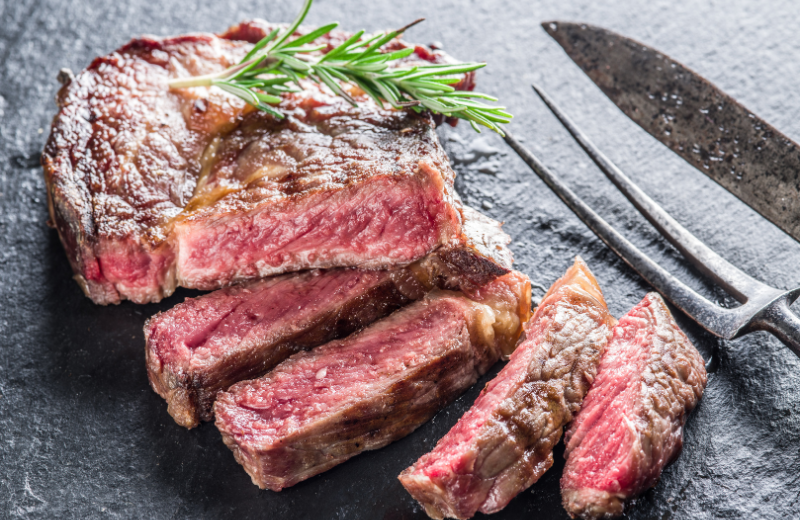
Zinc is a trace mineral essential for maintaining your immune system health and regulating inflammation. It may help control the body’s allergic response.
Why it helps: Zinc helps stabilise mast cells and can reduce the release of histamine, making it useful for managing allergy symptoms. It also supports tissue healing and immune resilience.
How to use it: Zinc supplements are commonly taken during cold and allergy seasons. It’s best absorbed with food and shouldn’t be taken long-term at high doses.
Where to get it: Found in pumpkin seeds, chickpeas, lentils, beef, and fortified cereals. Also widely available in supplement form.
Safety tip: Avoid exceeding daily recommended levels, as too much zinc can interfere with copper absorption and lead to nausea or immune suppression.
10. Black Seed Oil (Nigella Sativa)
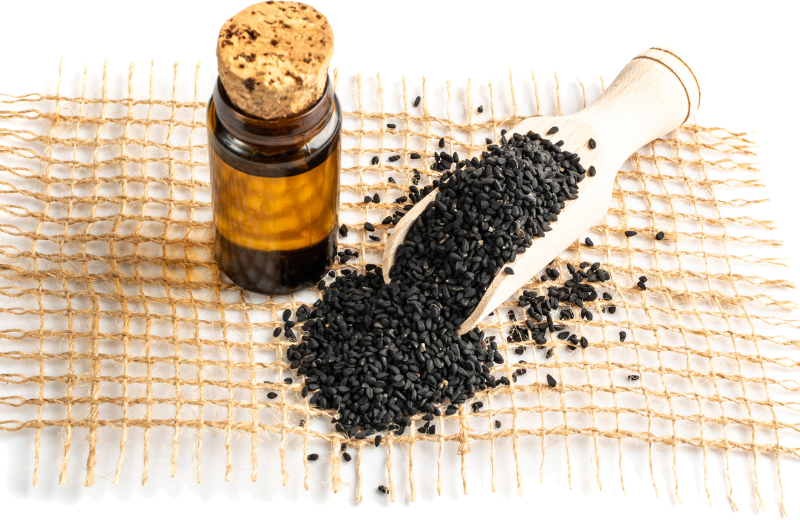
Used traditionally in Middle Eastern and South Asian medicine, black seed oil is now recognised for its anti-inflammatory and antihistamine effects.
Why it helps: It may reduce symptoms like nasal congestion, itchy eyes, and skin reactions by modulating the immune response and lowering histamine.
How to use it: Typically taken as a liquid oil or capsule once or twice daily. It can also be used topically for skin allergies.
Where to get it: Available online and in health stores as oil or softgel capsules. Cold-pressed varieties are considered most effective.
Safety tip: Generally safe for most adults, but it may lower blood sugar or interact with medication. Check with a healthcare provider if you have diabetes or take regular prescriptions.
11. Magnesium

Magnesium is a mineral involved in over 300 bodily functions, including calming the nervous system and regulating histamine release.
Why it helps: It helps prevent excessive histamine release and supports relaxation in muscles and airways, making it helpful for allergy symptoms and asthma-like reactions.
How to use it: Take magnesium daily in supplement form or increase your intake through food. Magnesium glycinate or citrate is typically well-absorbed.
Where to get it: Found in leafy greens, nuts, seeds, whole grains, and dark chocolate. Supplements are widely available in various forms.
Safety tip: Taking too much magnesium can cause loose stools or stomach cramps. Start with a lower dose and adjust as needed.
Herbal Antihistamines: Traditional Remedies with a Modern Twist
Herbal antihistamines are widely used in holistic medicine for allergies. In addition to nettle and butterbur, here are a few more options to explore:
- Eyebright: Often used to soothe irritated eyes caused by allergens.
- Turmeric: Contains curcumin, which has natural anti-inflammatory and antihistamine properties.
- Reishi Mushroom: May help modulate immune response and reduce allergy severity.
- Liquorice Root: Can help calm inflamed tissues, but should be avoided if you have high blood pressure or take certain medications.
Always speak to a qualified herbalist or healthcare provider before starting new herbal remedies, especially if you're taking medication.
Other Natural and Holistic Allergy Remedies
Beyond supplements and foods, there are several ways to manage allergies naturally:
- Nasal rinsing: Using a saline rinse can flush allergens from your nasal passages.
- HEPA filters: These trap allergens in your home, improving air quality.
- Essential oils: Eucalyptus and peppermint oils may help clear congestion when diffused or used in a warm bath.
- Stress management: Stress can worsen allergic reactions. Breathing techniques, gentle movement, and sleep routines can make a big difference.
Recommended for you!
Best SellersAntihistamine Foods: What to Eat (and Avoid)
The food you eat can influence your body’s histamine levels. Including certain natural antihistamine foods in your diet may help you feel better during allergy season. Top antihistamine foods to include are:
- Apples
- Onions
- Garlic
- Broccoli
- Kale
- Turmeric
- Green tea
- Fresh herbs like parsley and coriander
These foods are not only anti-inflammatory but also support the body’s ability to clear histamine. Including them regularly can contribute to long-term allergy relief. The foods that may worsen allergies for some people are:
- Aged cheese
- Smoked or processed meats
- Wine and beer
- Fermented products
- Vinegar
- Shellfish
These are often high in histamine or trigger its release in the body. If you suspect a food is making your symptoms worse, consider keeping a food diary to track your meals and reactions.
Study Our Herbalism Diploma for £29
If you’re feeling inspired to explore the healing power of herbs in more depth, why not take the next step in your learning journey?
Centre of Excellence offers a Master Herbalist Diploma Course, designed for people of all levels – whether you’re completely new to herbal medicine or looking to deepen your knowledge. The course covers everything from herb identification and preparation to building herbal blends for specific emotional and physical needs. Follow the link to access the course for just £29!

